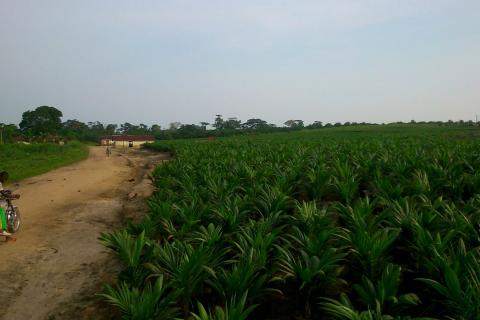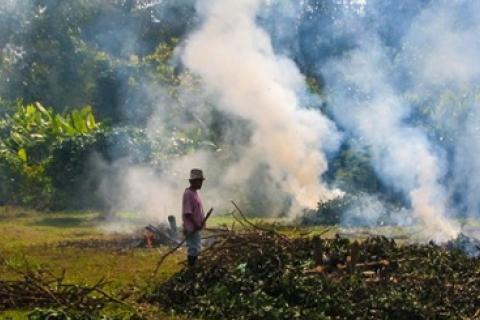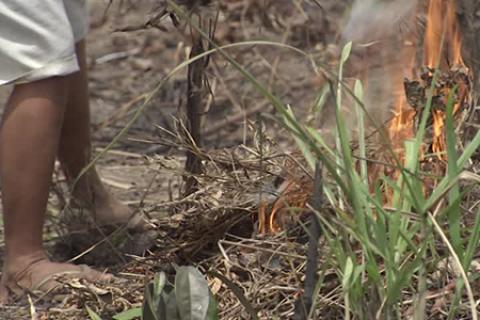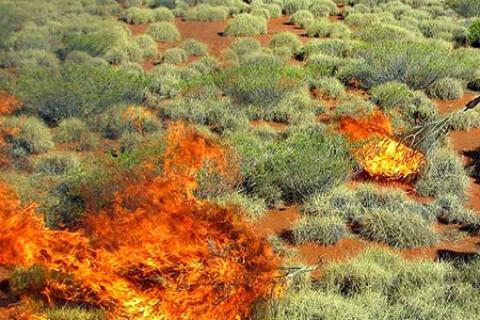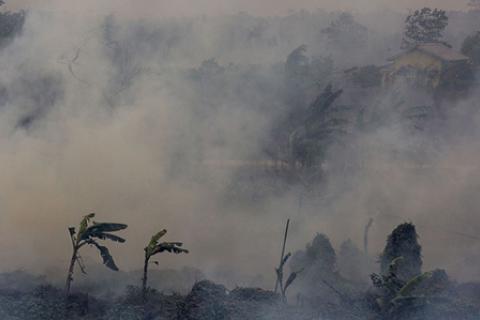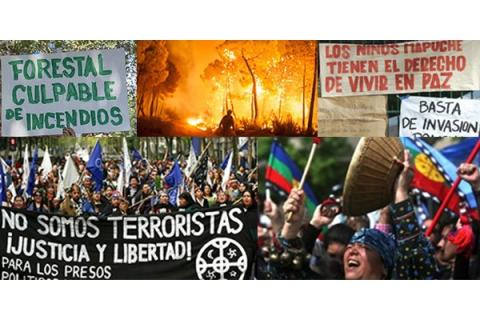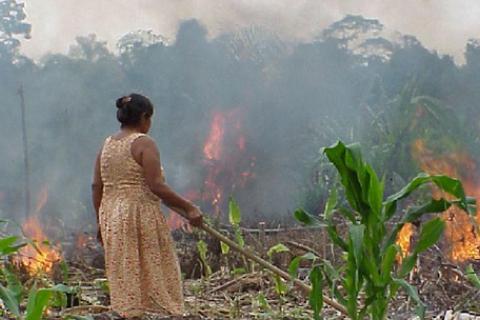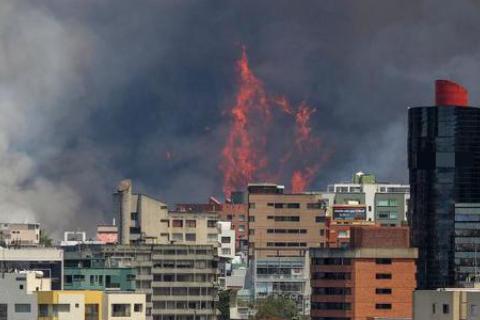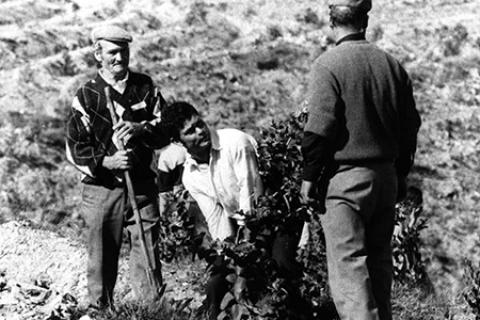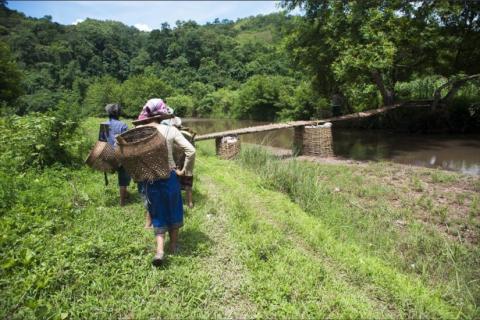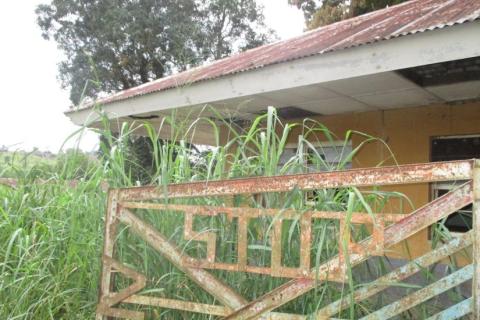Interview with Solange Bolembe, from RIAO-RDC, about the many challenges that women face who live in communities affected by vast oil palm plantations managed by Feronia-PHC, a company financed by several European development banks.
Bulletin articles
The chain of impacts caused by the expansion of tree plantations that provide the raw material for the production of paper. The article looks specially at companies linked to the Asia Pulp & Paper Group (APP), APP-Sinar Mas Group, and APRIL.
Api, kawan atau lawan, siapa yang memutuskan?
Sebuah refleksi tentang api dan hutans
Forest peoples’ knowledge and practices of the use and management of controlled fire in forests have been identified within climate change policies as the cause of forest fires. Nevertheless, fire is critical for ensuring the food and cultural sovereignty of forest peoples.
Today, a capitalist conception of fire dominates. But vernacular conceptions continue to evolve and struggle against it.
Despite that most forest fires in Indonesia started within expanding oil palm plantation concession areas, companies are not being persecuted. (Available in Indonesian).
Tree plantation companies have enormous power and impunity in Chile. The fires of 2017 demonstrated the collusion between these companies and public officials to prevent investigations and criminalize the Mapuche indigenous people
Fires in the Amazon are occurring more frequently and with greater intensity. But who is really burning the forests?
Since the native vegetation that surrounded Quito was destroyed to make way for eucalyptus and pine plantations, the forest fires that the city faces year after year have been intensifying.
In 1989, there was a war in the valley of Lila, Portugal. Hundreds of people gathered to destroy 200 hectares of eucalyptus, fearing that the trees would rob them of their water and bring fire.
In solidarity with the International Day of Peasant Struggle. A day to remember, emphasize and mobilize together against the persecution and violence that peasants suffer on a daily basis around the world.
DRC is following the trend of promoting programmes to ‘integrate’ peasants with agribusinesses, putting people’s control over their lands at risk.
